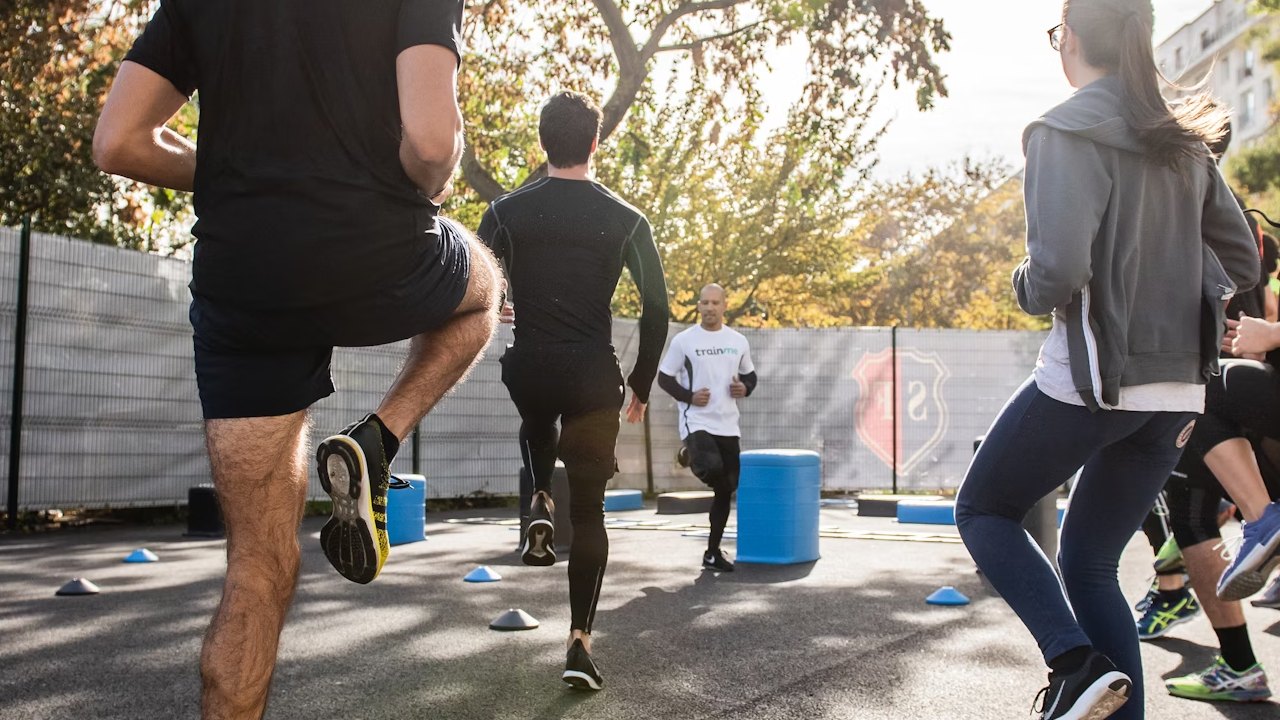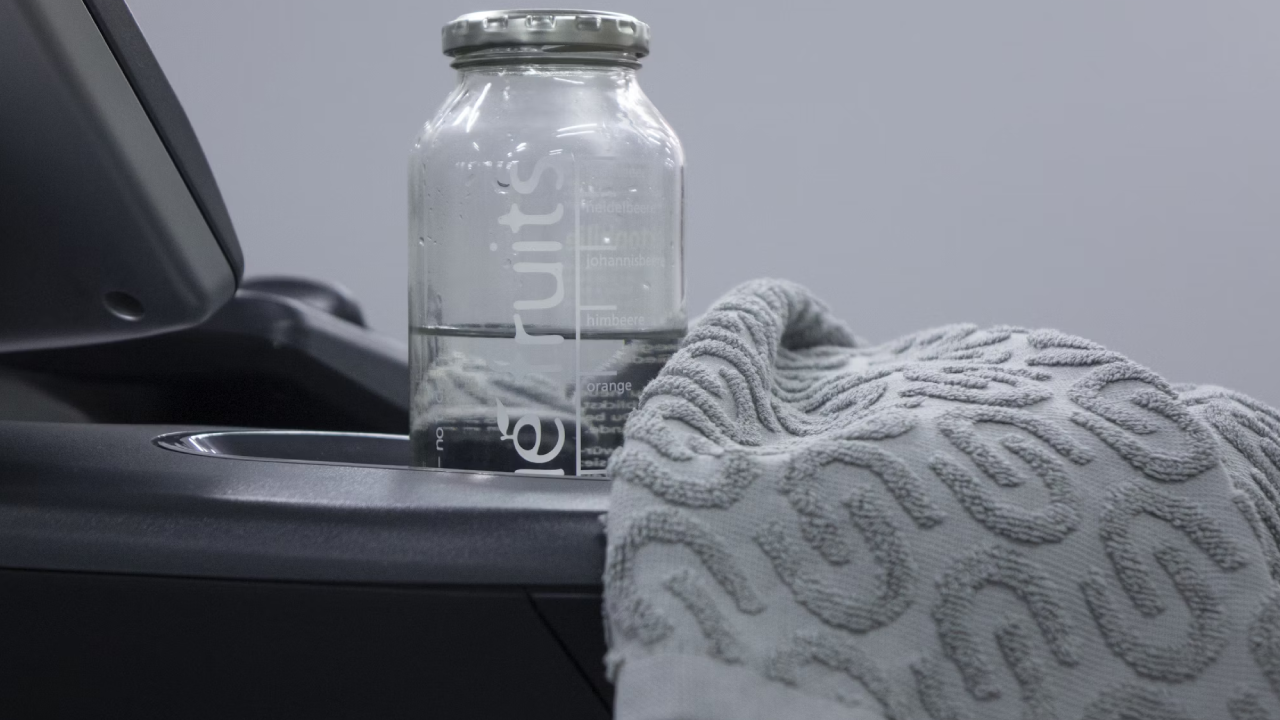When it comes to bodybuilding, one of the most debated topics is whether or not to incorporate cardio into a bulking phase. Bulking, a period where individuals aim to gain muscle mass by consuming more calories than they burn, is often perceived as a time to focus exclusively on strength training. Cardio, on the other hand, is commonly associated with fat loss, leading to the misconception that it has no place during bulking.
However, the answer to whether cardio should be done while bulking is not so simple. There are numerous factors to consider, such as your specific goals, the type of cardio you’re doing, and how it can complement your overall fitness routine.
Table of Contents
Understanding Bulking and Its Purpose

Before we dive into the specifics of cardio, it’s important to understand what bulking entails. Bulking is a phase of a fitness program where the primary goal is to increase muscle mass. This is achieved by consuming a caloric surplus—meaning, you eat more calories than your body needs to maintain its current weight. When paired with resistance training, the excess calories provide the necessary fuel for muscle growth.
However, bulking is not without its challenges. While the aim is to gain muscle, it’s nearly impossible to do so without gaining some fat as well. The key to a successful bulk is minimizing fat gain while maximizing muscle growth, which is where the role of cardio becomes a point of discussion.
The Fear of Losing Muscle
One of the main reasons people avoid cardio during bulking is the fear that it will lead to muscle loss. This concern stems from the fact that cardio is often associated with a caloric deficit, which is the opposite of what you want during a bulk. Additionally, excessive cardio can lead to overtraining and catabolism, a state where the body starts breaking down muscle tissue for energy.
However, the notion that all cardio leads to muscle loss is a misconception. The type, intensity, and duration of cardio, along with how you structure your training, can make all the difference. When done correctly, cardio can actually support your bulking efforts without compromising muscle gains.
Benefits of Doing Cardio While Bulking

-
Improved Cardiovascular Health
One of the most obvious benefits of incorporating cardio during a bulk is its positive impact on cardiovascular health. Resistance training alone is not enough to maintain optimal heart health. Cardio exercises such as running, cycling, or swimming improve heart function, lung capacity, and circulation. Neglecting cardio during a bulking phase can lead to a decline in cardiovascular fitness, which may make it harder to perform high-intensity workouts and recover properly between sets.
Good cardiovascular health also ensures that you can push harder during your strength training sessions, as it improves blood flow and oxygen delivery to muscles. This can indirectly enhance your muscle-building efforts by allowing you to recover faster and perform more efficiently.
-
Increased Endurance
Another benefit of cardio is the increase in endurance. Strength training primarily focuses on anaerobic capacity—short bursts of intense effort—while cardio boosts your aerobic capacity, which is essential for longer-duration efforts. Even if your main goal is to gain muscle, having better endurance can be advantageous.
For example, increased endurance can help you perform higher repetitions with heavier weights and recover more quickly between sets. This can lead to more volume in your workouts, which is a key factor in muscle hypertrophy (growth).
-
Enhanced Recovery
Believe it or not, low-intensity cardio can actually aid in muscle recovery. After a heavy lifting session, performing light cardio like walking or slow cycling can help increase blood circulation, delivering more oxygen and nutrients to your muscles and speeding up the removal of waste products such as lactic acid. This process helps reduce muscle soreness and improve recovery times, allowing you to get back to your next workout sooner and stronger.
-
Managing Fat Gain
As mentioned earlier, bulking inevitably leads to some fat gain due to the caloric surplus. While gaining muscle is the primary goal, most people would prefer to keep fat accumulation to a minimum. This is where cardio can be beneficial.
Incorporating moderate amounts of cardio into your routine can help you manage fat gain while still staying in a caloric surplus. Cardio increases your daily energy expenditure, which means you can consume slightly more calories while still preventing excessive fat storage. Essentially, cardio allows you to maintain a more favorable muscle-to-fat gain ratio during your bulk.
-
Maintaining Overall Fitness
Even if your primary focus is on gaining muscle, maintaining a balanced fitness routine that includes both strength and cardiovascular training is important for overall health and well-being. Cardio keeps your body in balance, ensuring that you’re not neglecting other components of fitness such as stamina, agility, and flexibility. These aspects are crucial for long-term health and can also contribute to better performance in the gym.
Potential Drawbacks of Cardio During Bulking
While cardio can offer several benefits during a bulk, there are some potential drawbacks to consider, especially if it’s not done strategically.
-
Risk of Muscle Loss
The fear of losing muscle is not entirely unfounded if cardio is done excessively or inappropriately. Prolonged, high-intensity cardio can put your body into a catabolic state, where it breaks down muscle tissue for energy. This is more likely to happen if you’re not eating enough calories to support both your cardio and strength training workouts.
However, this risk can be mitigated by keeping cardio sessions moderate in intensity and duration, and by ensuring you’re eating enough to fuel both types of exercise.
-
Interference with Strength Gains
Another potential downside to cardio during bulking is the interference it can cause with strength gains. This is known as the “interference effect,” where combining cardio with strength training can diminish the effectiveness of both. High-intensity or high-frequency cardio sessions can lead to muscle fatigue, making it harder to lift heavy weights and perform optimally during strength workouts.
This can be particularly problematic for individuals whose primary goal is to increase strength. However, the interference effect can be minimized by choosing the right type of cardio (more on this later) and by scheduling your cardio and strength sessions carefully.
-
Increased Caloric Burn
Cardio burns calories, which can be counterproductive if your goal is to be in a caloric surplus for muscle gain. If you’re doing too much cardio, you may find it difficult to eat enough calories to support muscle growth. This can lead to slower progress and even unintentional fat loss, which defeats the purpose of a bulking phase.
Again, this can be managed by adjusting your caloric intake based on your cardio activity, ensuring that you’re still in a surplus despite the additional energy expenditure.
How to Incorporate Cardio into Your Bulking Routine

Now that we’ve explored the pros and cons of cardio during bulking, the next step is understanding how to incorporate it effectively without sabotaging your gains. Here are some tips on how to do cardio during a bulk:
-
Choose the Right Type of Cardio
Not all cardio is created equal. When bulking, it’s best to avoid high-intensity, long-duration cardio such as marathon running or extended HIIT (high-intensity interval training) sessions, as these can lead to muscle fatigue and interfere with recovery. Instead, opt for low to moderate-intensity cardio, such as brisk walking, cycling, or swimming. These forms of cardio will help improve cardiovascular health and burn fat without placing too much stress on your muscles.
-
Keep Sessions Short and Sweet
To avoid excessive caloric burn and muscle fatigue, keep your cardio sessions short—no longer than 20-30 minutes, 2-3 times per week. This is enough to reap the cardiovascular benefits and aid in fat management without compromising your bulking efforts.
-
Time Your Cardio Wisely
When incorporating cardio into your routine, timing is important. Ideally, you should separate your cardio and strength training sessions by several hours or even perform them on different days. This will help minimize the interference effect and allow your body to focus on one form of exercise at a time.
If you must do both in the same session, prioritize strength training and do your cardio afterward. Lifting weights requires more energy and focus, so you don’t want to be fatigued from a cardio session when you step into the gym.
-
Eat to Support Both Cardio and Strength Training
If you decide to include cardio during your bulk, you may need to adjust your caloric intake to account for the additional energy expenditure. Track your calorie burn from cardio and make sure you’re still in a surplus by eating enough to fuel both your strength and cardio workouts. This will ensure that you’re not unintentionally putting yourself in a caloric deficit, which could hinder muscle growth.
-
Monitor Your Progress
As with any fitness program, it’s important to monitor your progress and make adjustments as needed. If you notice that you’re losing weight or your muscle gains are stalling, you may need to reduce your cardio sessions or increase your caloric intake. On the other hand, if you’re gaining too much fat, you might benefit from slightly increasing your cardio or adjusting your diet.
Final Thoughts: Is Cardio Necessary While Bulking?
So, should you do cardio while bulking? The answer depends on your individual goals and how you incorporate it into your routine. While cardio is not absolutely necessary for muscle growth, it can offer several benefits, such as improved cardiovascular health, increased endurance, enhanced recovery, and better fat management. When done correctly, cardio can complement your bulking efforts without sacrificing muscle gains.
The key is to strike a balance.
